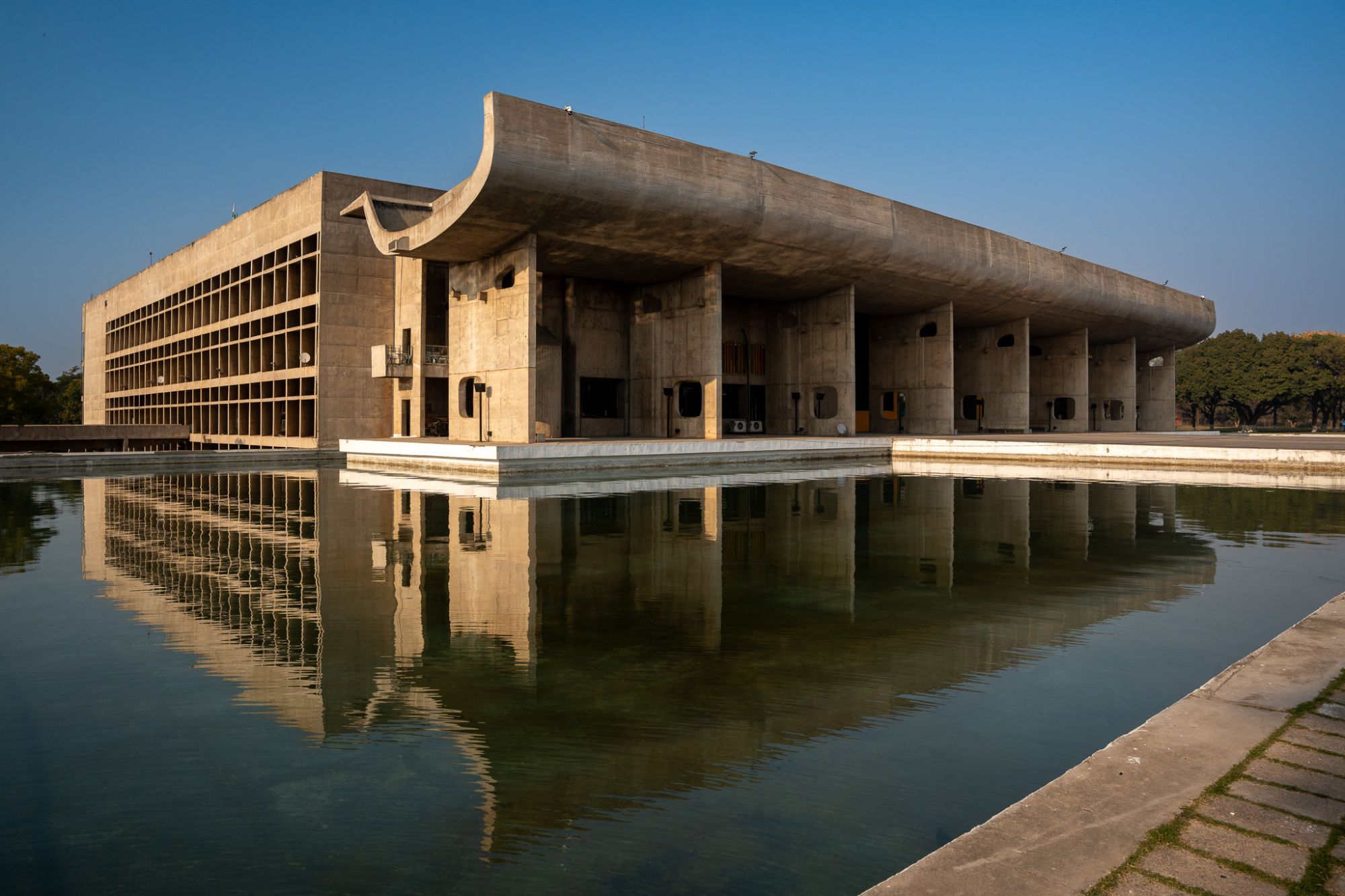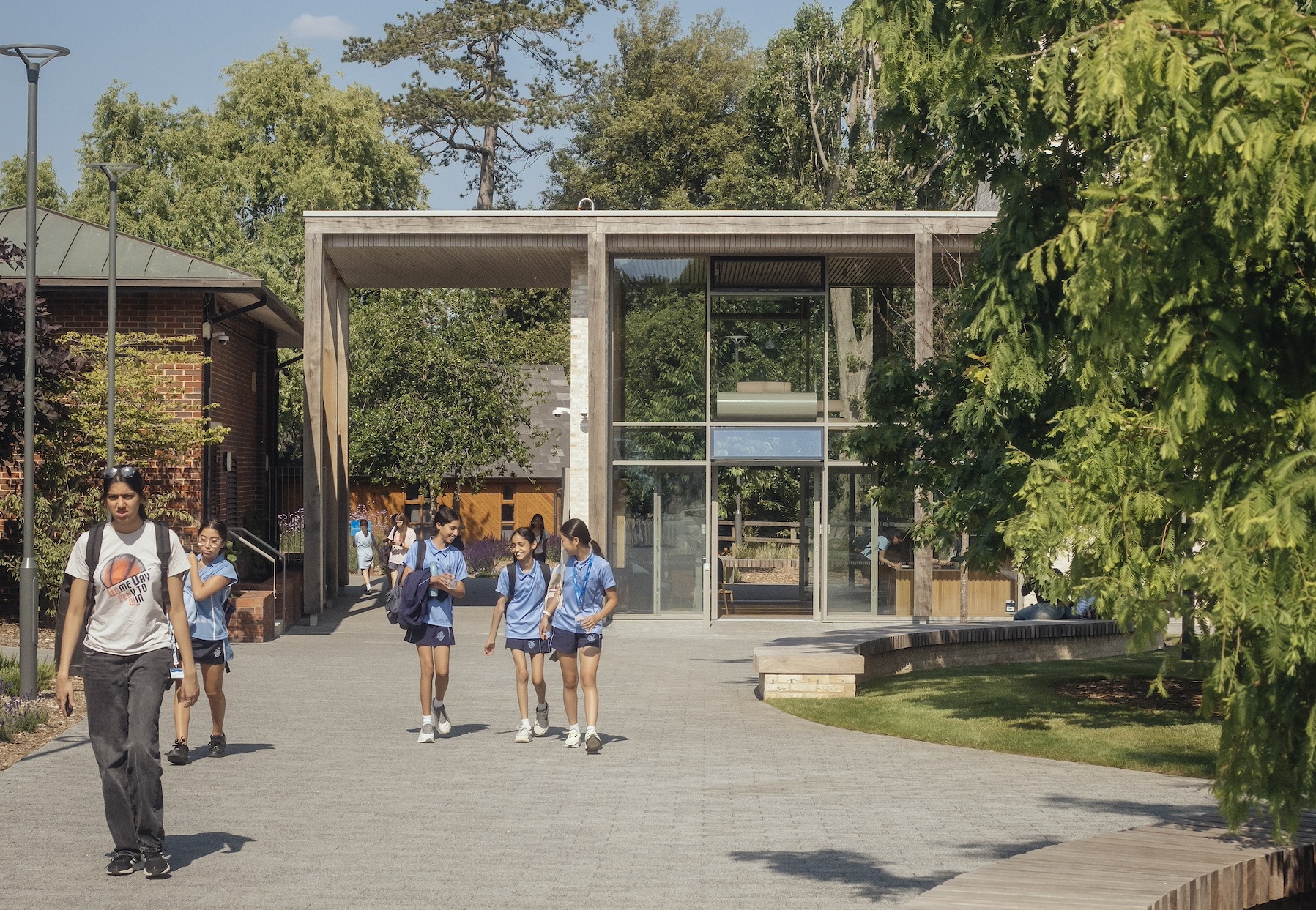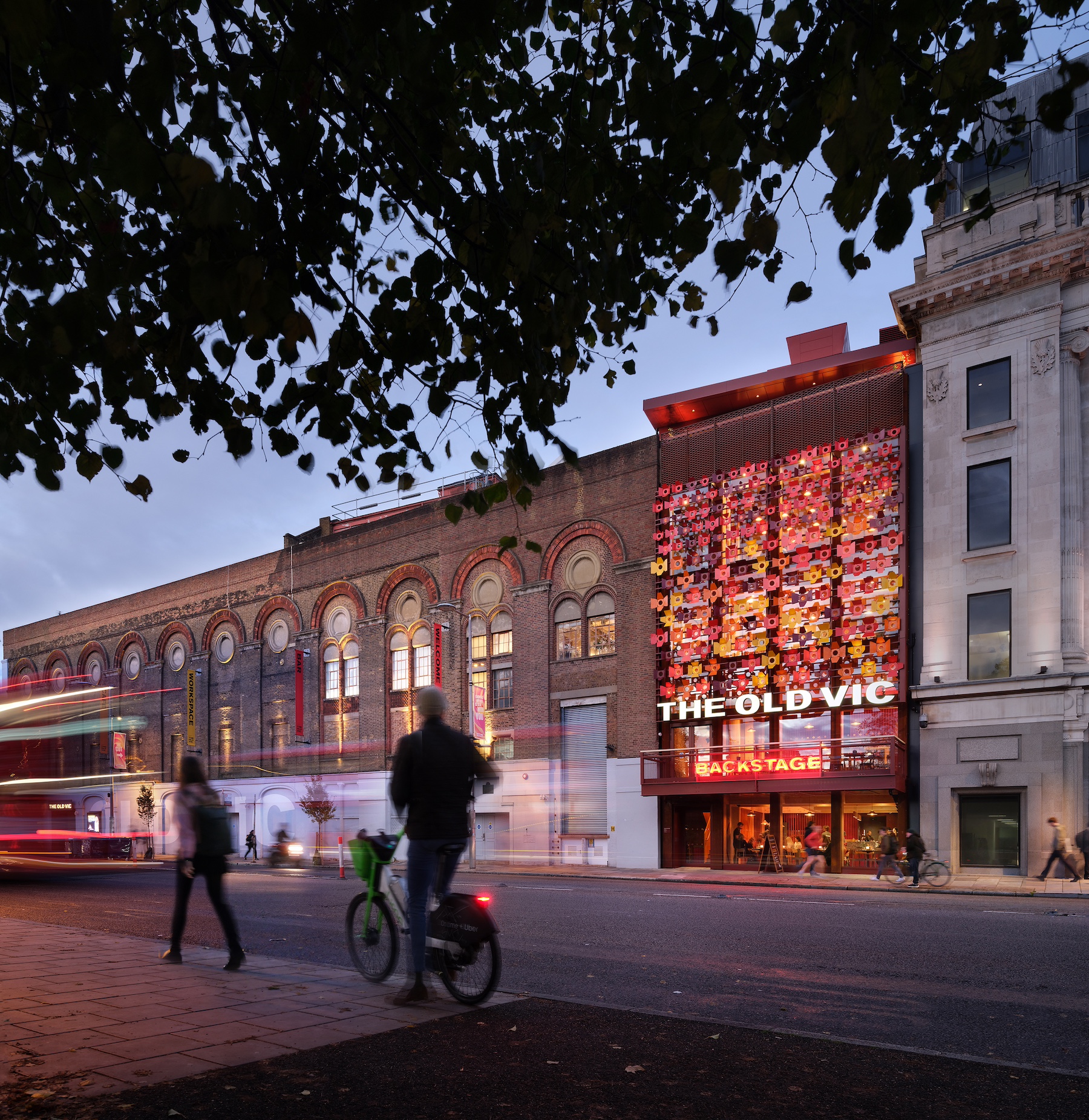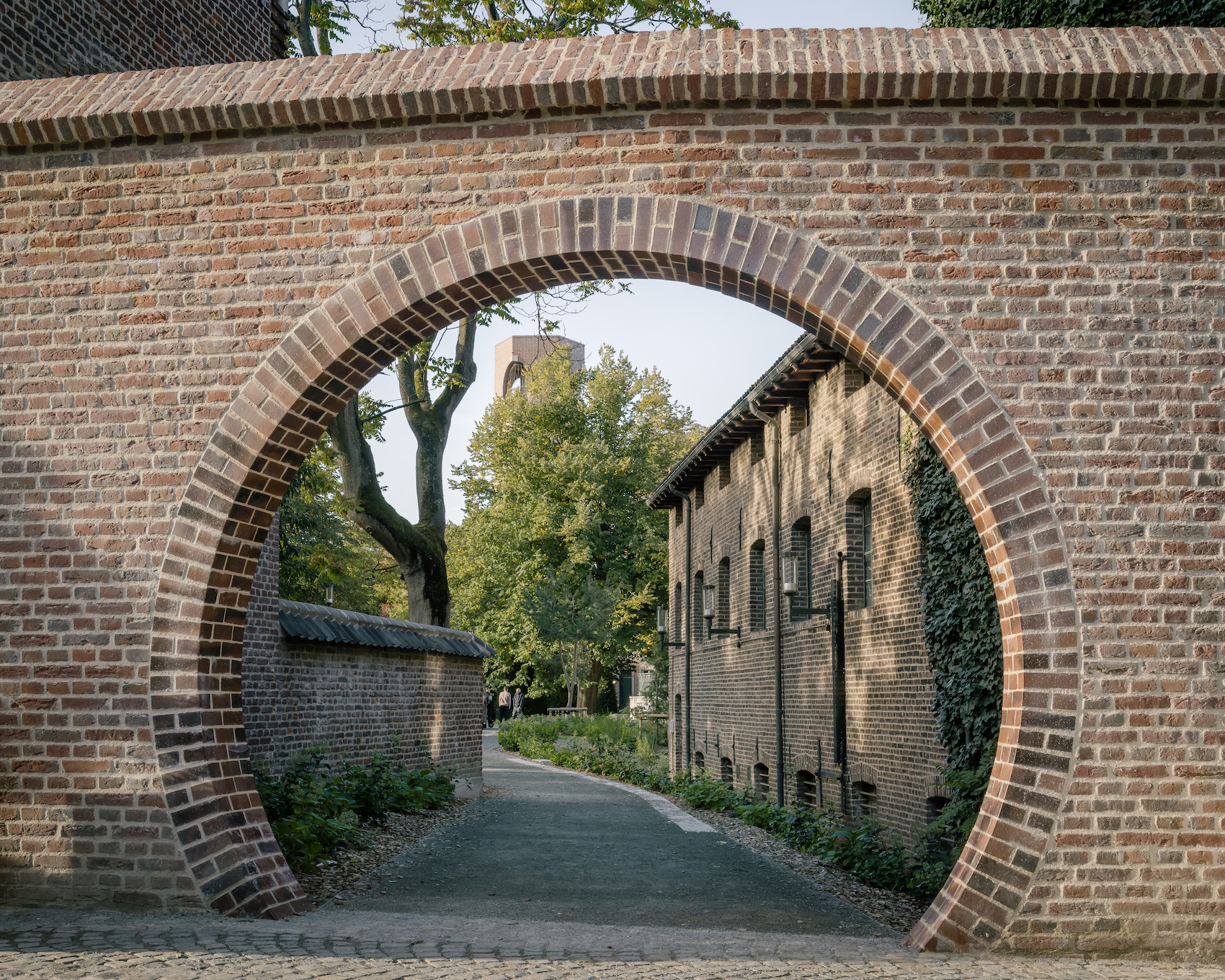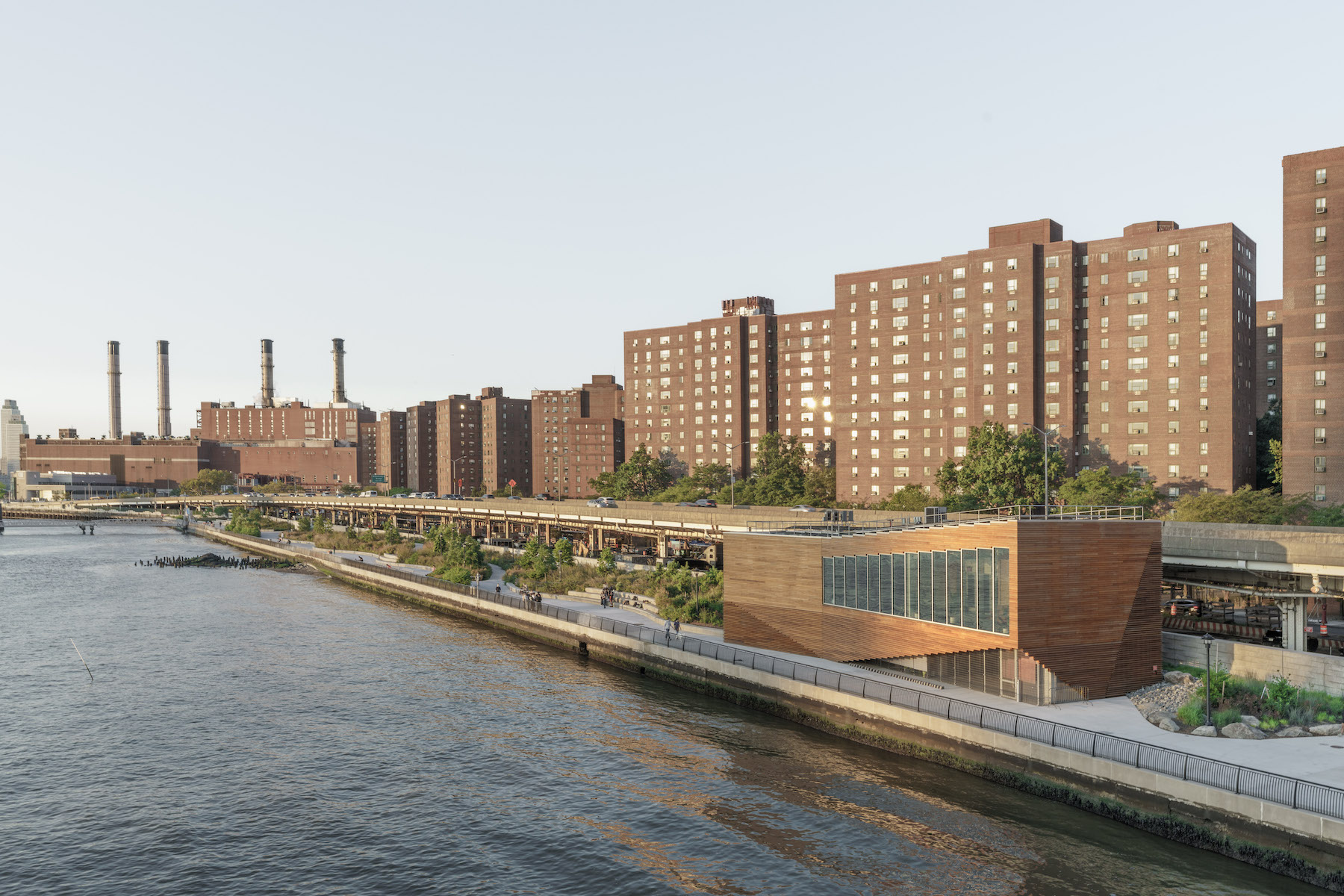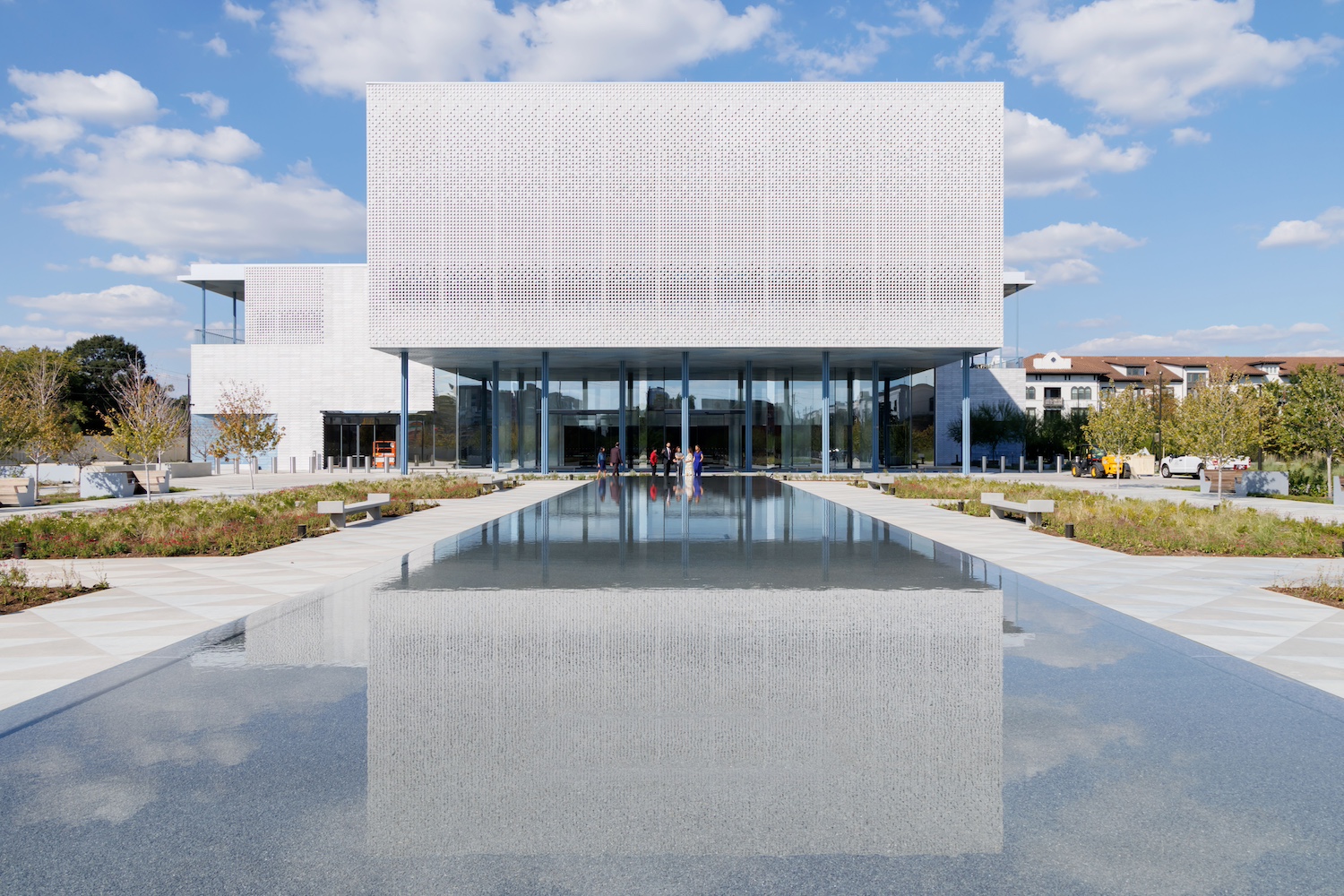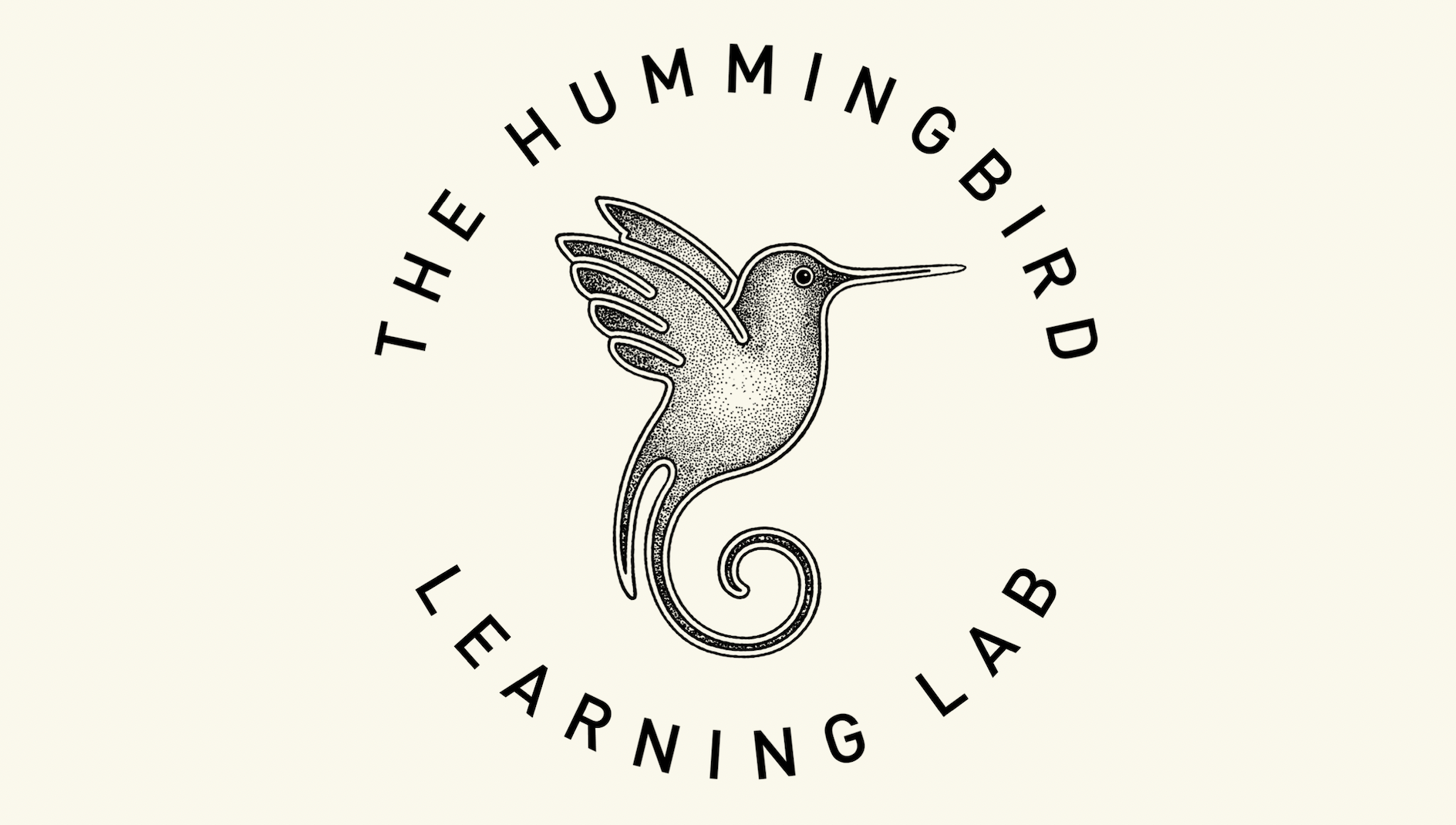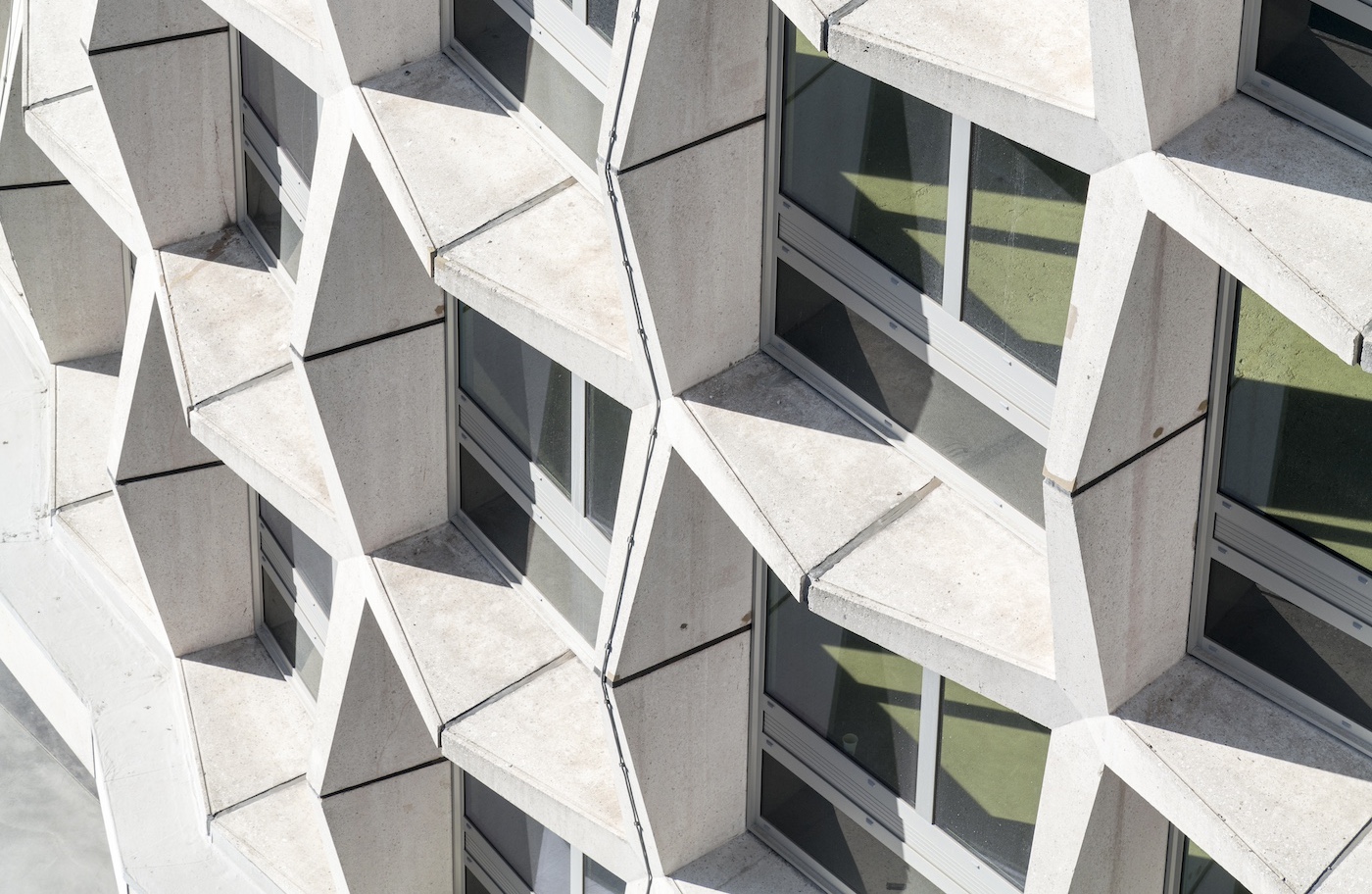In this issue: Learning from the local with Piers Taylor; Revisiting Kevin Roche’s Dublin catalyst; expert insight into specifications from Nick Schumann; Atelier Ten on the adaptive reuse of Space House; Josh McCosh on low-impact practice; Bovenbouw Architectuur and David Kohn Architects’ Hasselt Beguinage; alma-nac’s new library at Dulwich College; Allies and Morrison’s Passivhaus student village for Cambridge; Materials Library with tp bennett and more.
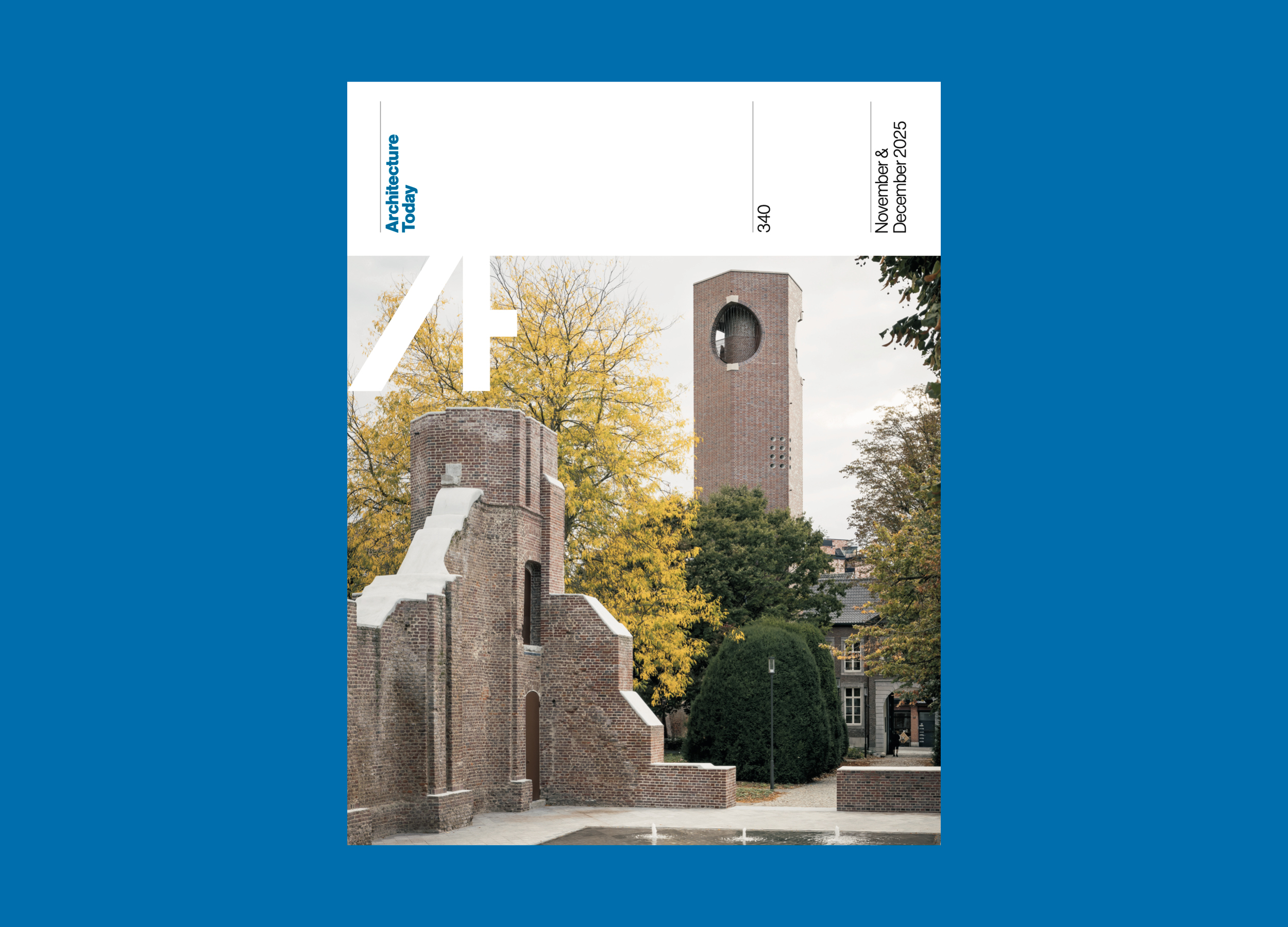
Hasselt Beguinage, Belgium, by Bovenbouw Architectuur and David Kohn Architects. Photograph by Stijn Bollaert
The government has published its critique of the national curriculum. Teenagers should be encouraged to be curious about the community they live in. Empowered to participate in politics. Armed with the eloquence and confidence to challenge and form opinions. Equipped with the skills to identify information and polemic that’s malicious or misleading. Teachers should have the freedom to ‘bring the curriculum to life’ in ways that chime with their students’ experiences and lives.
A little late in the day, it seems we are to embrace Loris Malaguzzi’s mantra that learning and teaching should “embark together on a journey down the water” rather than “standing on opposite banks and watching the river flow by.” Having grown up under Mussolini’s regime, Malaguzzi took the view that traditional education – with its emphasis on conformity, obedience, and an uncritical accumulation of a pre-approved body of knowledge – resulted in a compliant citizenship; fertile ground for fascism or extremism of any kind. The network of schools that he founded in Reggio Emilia in the 1960s reflected a belief that education should focus on creativity, critical thinking, free expression and debate. That democracy and freedom flourish when children – and consequently adults – are not just ‘receptacles or knowledge’ but proactive citizens.
Now a global movement, the Reggio Emilia approach has spawned extraordinary buildings, most recently a fun factory/rainforest hybrid in Encinar de los Reyes by Spanish architect Andrés Jaque, that reflects Malaguzzi’s view that the learning environment is the ‘third teacher’, as fundamental to childhood development as teachers and peers.
The Labour party didn’t get the memo. Ever since Michael Gove axed the Building Schools for the Future programme back in 2010, successive governments have been blind or indifferent to the symbiotic relationship between education and the design of the learning environment. In the wake of the RAAC crisis, the schools building programme has been reframed in terms of ‘rebuilding our crumbling building stock’. Its strategy for re-imagining the schools of the future has been reduced to working through a backlog of outstanding repairs.
It’s one of the many reasons Architecture Today is supporting the Hummingbird Learning Lab in its quest to design a new kind of learning environment. You can find out more, and submit an expression of interest using this link. It’s a rare opportunity to show what can be done when architects and educators work hand in hand.
Inside the November-December 2025 issue of Architecture Today:
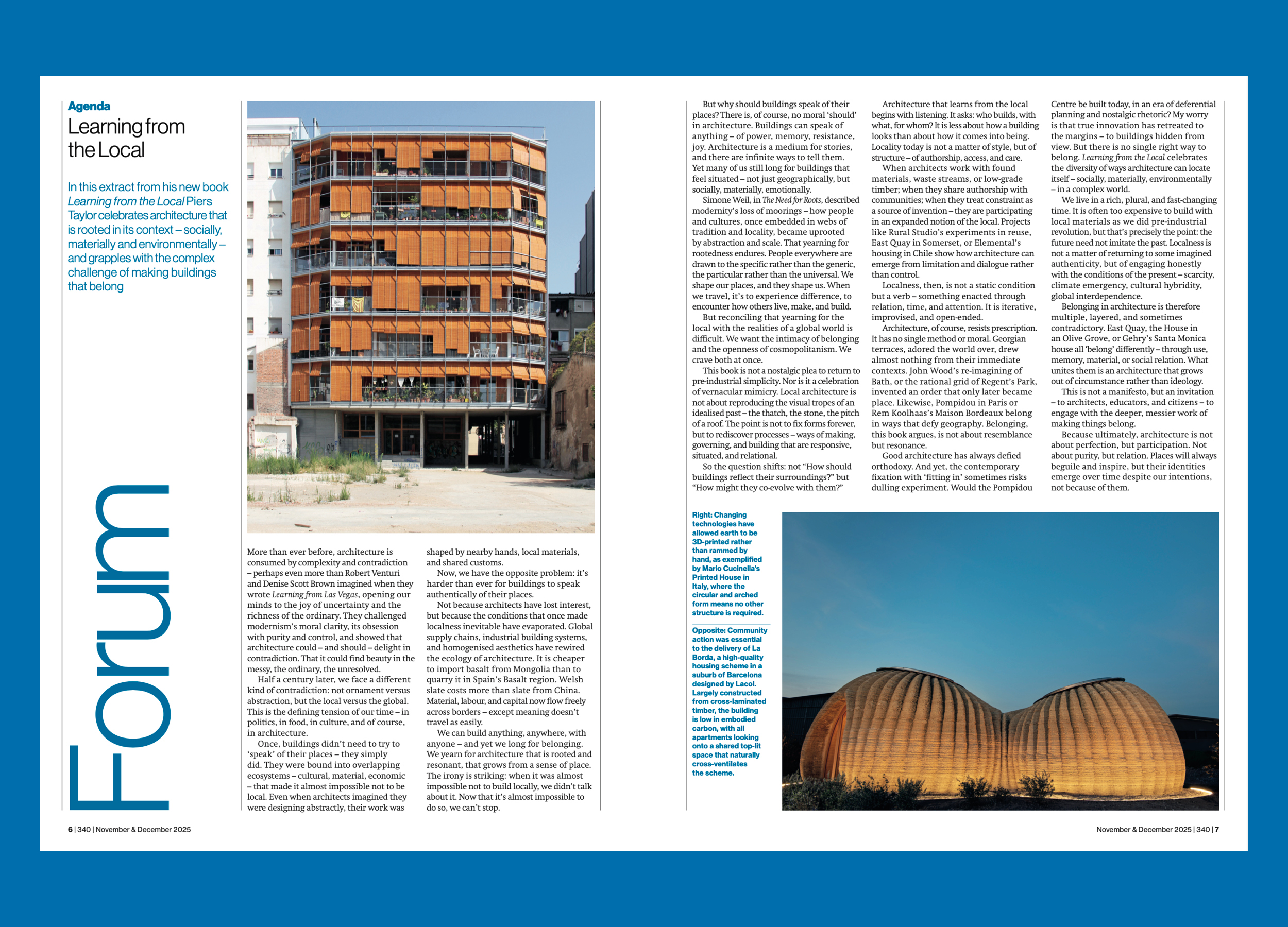
- Learning from the Local: In an extract from his new book Piers Taylor from Invisible Studio celebrates architecture that is rooted in its context and grapples with the complex challenge of making buildings that belong
- Still standing: Ian Volner explains how Kevin Roche’s Convention Centre Dublin became a catalyst for the revival of the city’s Docklands
Introduction to specifications - Nick Schumann shares some of the lessons learnt from a career as a leading expert on design management and specifications, particularly how they relate to costs, purchasing, risk management, and various construction contract types
Space House and adaptive reuse
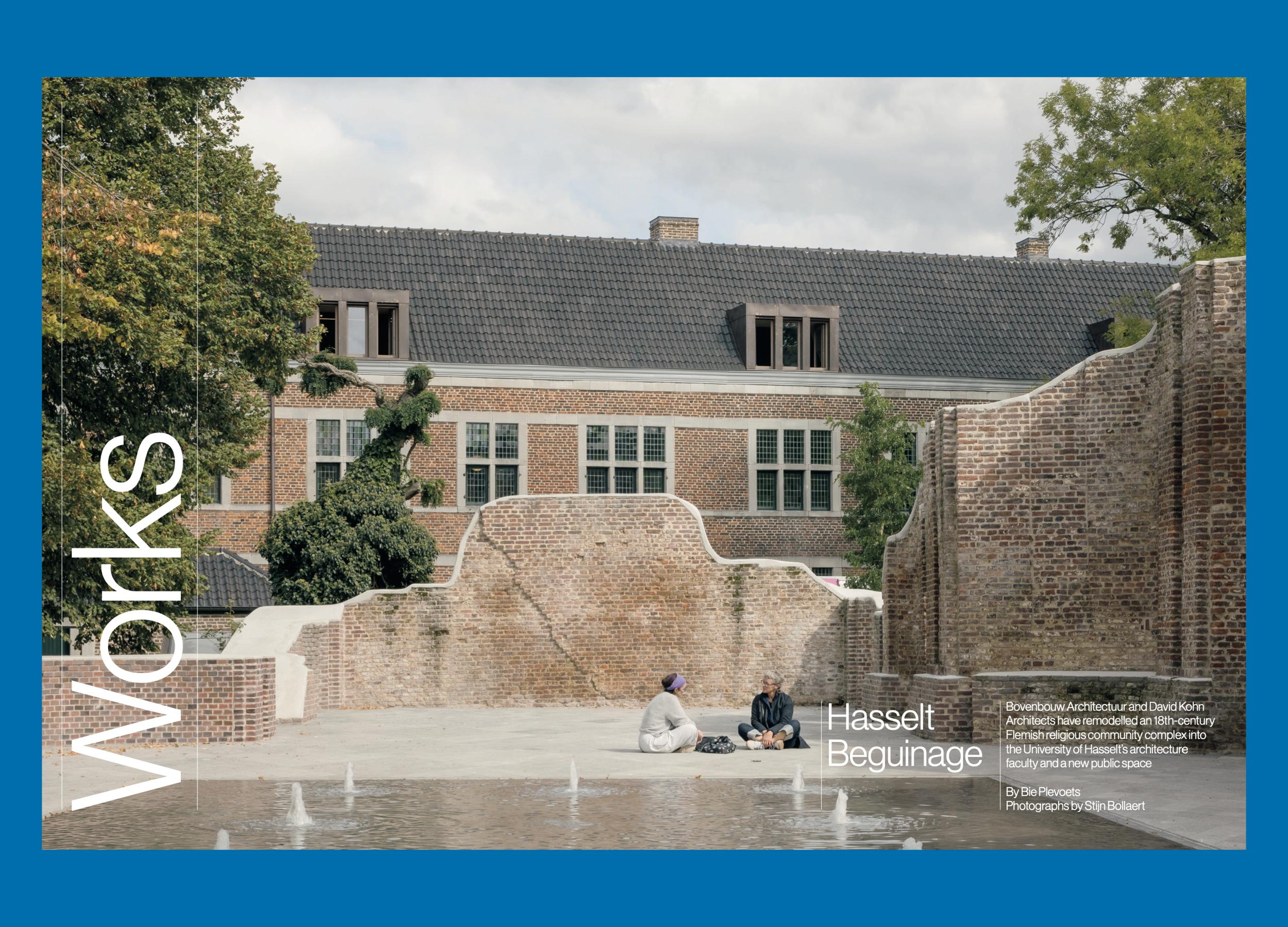
- Space House and adaptive reuse: Younha Rhee, Technical Director at Atelier Ten, explains the environmental strategies that shaped the adaptive reuse of Richard Seifert’s Space House, a Brutalist icon in central London
- Reinventing Practice: Josh McCosh of van Heyningen and Haward on pushing for low-impact materials, challenging a construction industry stuck in its ways, and the link between authentic collaboration and meaningful community space. Portrait by Timothy Soar
- Hasselt Beguinage: Bovenbouw Architectuur and David Kohn Architects have remodelled an 18th-century Flemish religious community complex into the University of Hasselt’s architecture faculty and a new public space. Bie Plevoets delivers her verdict

- Raymond Chandler Library: A new library is the first move in alma-nac’s reworking of the Junior and Lower School campus at London’s Grade II*-listed Dulwich College. A year on from its completion, former pupil Ken Okonkwo finds out how the project has bedded in
- Hinsley Lane: Jonny Anstead explains how Allies and Morrison’s Passivhaus student village for St John’s College, Cambridge, offers a quietly persuasive model for academic institutions grappling with the demands of net zero, student wellbeing and urban integration

- Materials library: Carmen Wochner explains how tp bennett’s carefully curated materials library blends product inspiration and tactility with a desire to educate and inform
- Ask the expert: Louis Weir, Sustainability Manager at IKO, answers readers’ questions on navigating Whole Life Carbon Assessments for flat roofs


